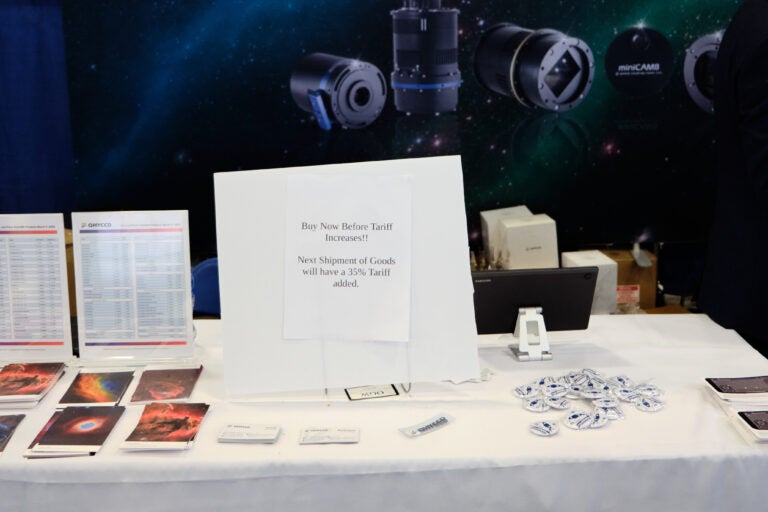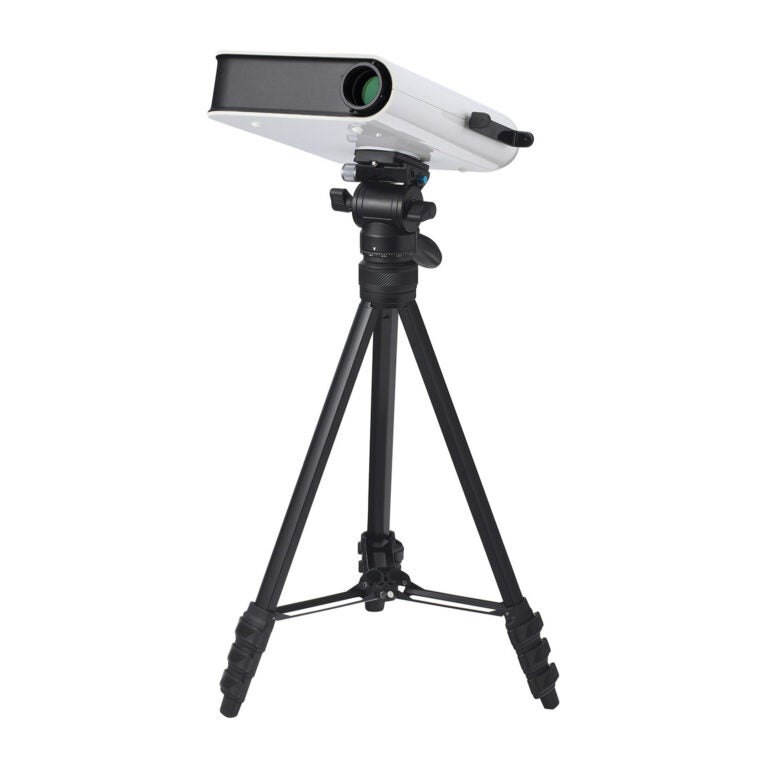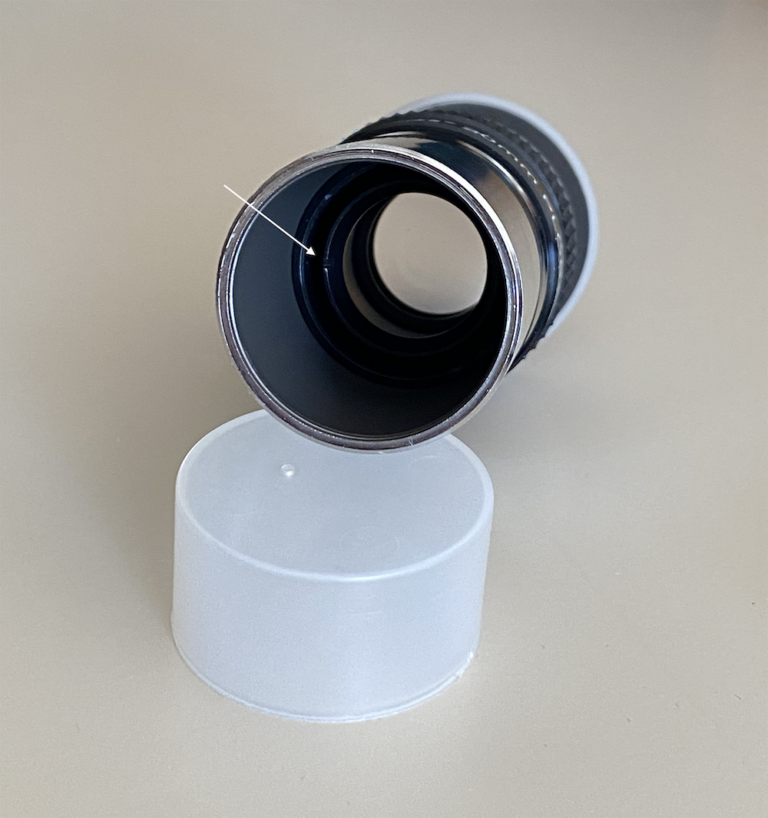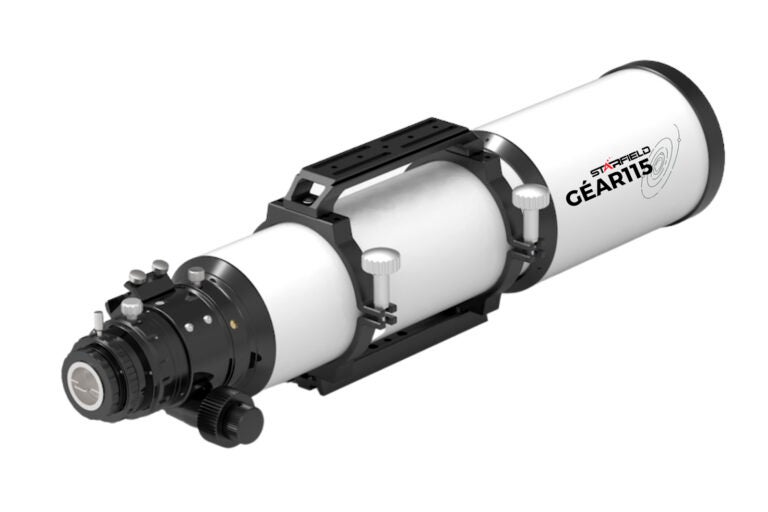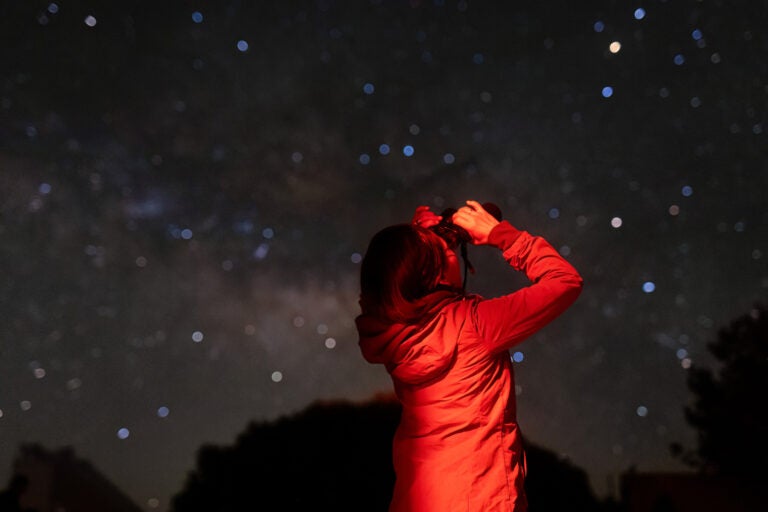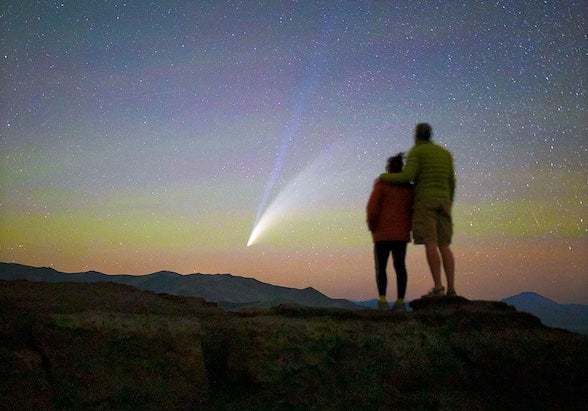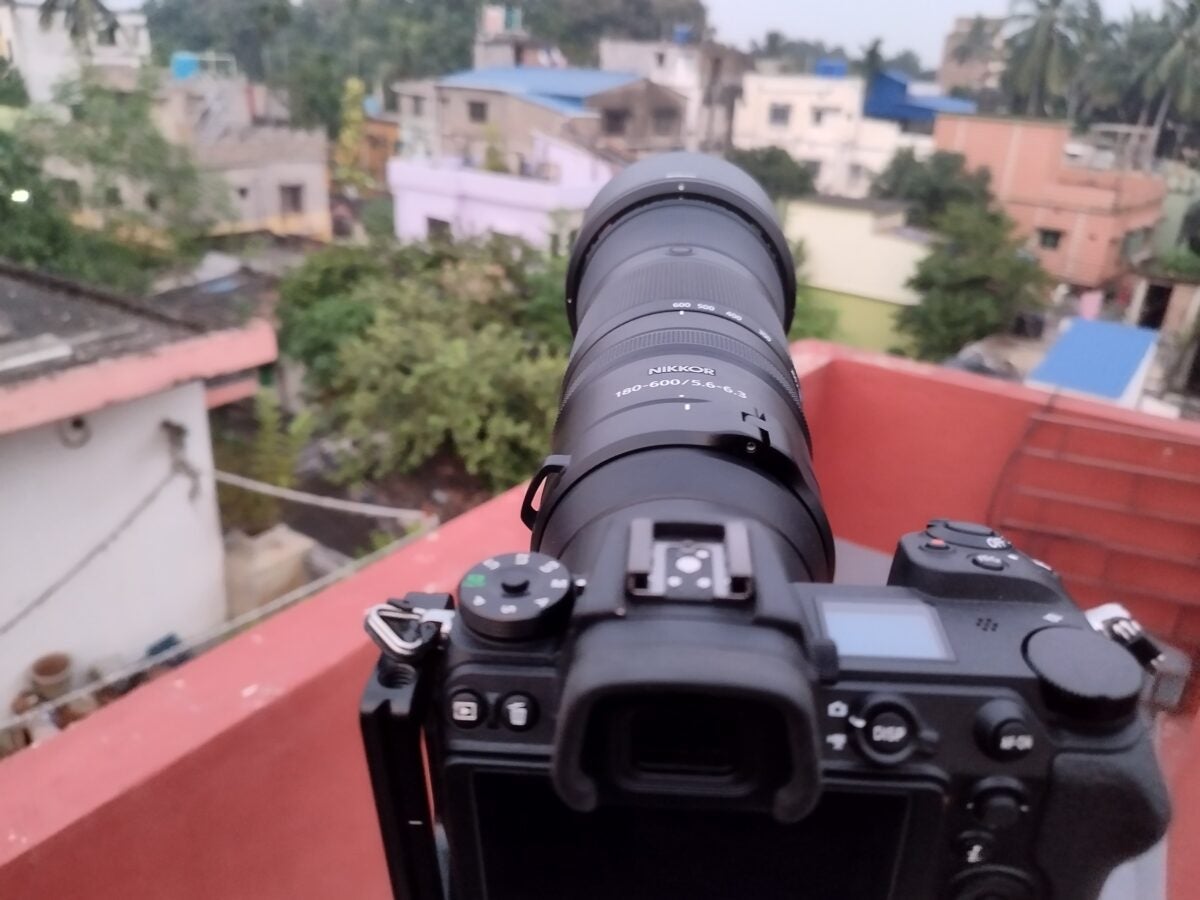
In August 2023, Nikon released its first long telephoto zoom lens for its mirrorless Z-mount cameras: the Nikkor Z 180–600mm F/5.6-6.3 VR. This lens was highly anticipated, coming eight years after the company’s extremely popular 200–500mm lens for DSLRs.
The lens is mainly targeted towards wildlife and bird photographers. But with its 600mm reach, it is also a great option for lunar and solar photographers. Since its release, a lot of reviews have been written, but few from an astrophotography perspective. This review aims to do just that.
Specifications and handling
As you might expect, the 180–600mm is not small, nor is it lightweight. At slightly over 4 pounds or just under 2 kilograms, this lens is going to test your arm strength if you’re shooting handheld. But it still weighs in lighter than nearly all of its competitors (Sigma 150–600mm Sports, Nikkor 200–500mm, Sony 200–600mm etc.). It is, however slightly heavier than the Sigma 150–600mm Contemporary.
The lens is 315mm (12.5 inches) long. Your comfort level here is likely going to depend on your prior experience with handling long telephoto lenses. Having said that, I found the lens to be usable handheld for an extended period, due in no small part to its great balance. If you are using it on a tripod, make sure you have a sturdy one coupled with a good head.
The lens has a long reach — up to 600mm which can be further extended with a teleconverter. (Note that it will only work with Nikon Z-mount teleconverters, as no third-party manufacturers currently produce Z-mount teleconverters.)
The best part is that the lens zooms internally — that is, when you zoom from 180mm to 600mm, the barrel of the lens doesn’t extend. Of course, this comes in handy when you are using it handheld, but it is also extremely helpful when you are using it on a star tracker. The internal zoom means you can balance the lens once at any focal length and change the focal length afterwards without having to rebalance.
The lens’ retail price is $1,899.95, which is almost double the price of the Sigma 150–600mm Contemporary (listed at $1,089, though widely available for a couple hundred dollars less), another option for Nikon users. Comparing across camera systems, it’s comparable to the Sony 200–600mm lens (currently going for around $1900).
Note that as a Nikon Z-mount lens, you can only use this lens if you have a Nikon mirrorless camera — it is not compatible with Nikon F-mount cameras.
Detailed specifications of the lens can be found at Nikon’s website.
Performance
Nikon India loaned me the lens for 2 days and I tried to make the most of it, attached to my Nikon Z 6II. I specifically used the lens to photograph the partial lunar eclipse on the night of Oct. 28, 2023. Following are my thoughts on the performance of the lens.
This lens is very sharp — one of the sharpest zoom lenses I have ever used. Be it birds or the Moon, you can expect to have great details edge to edge. While imaging the Moon, I tested the lens both at f/6.3 and at f/8 (where a telephoto lens is supposed to give sharper results), but did not find any visible difference.
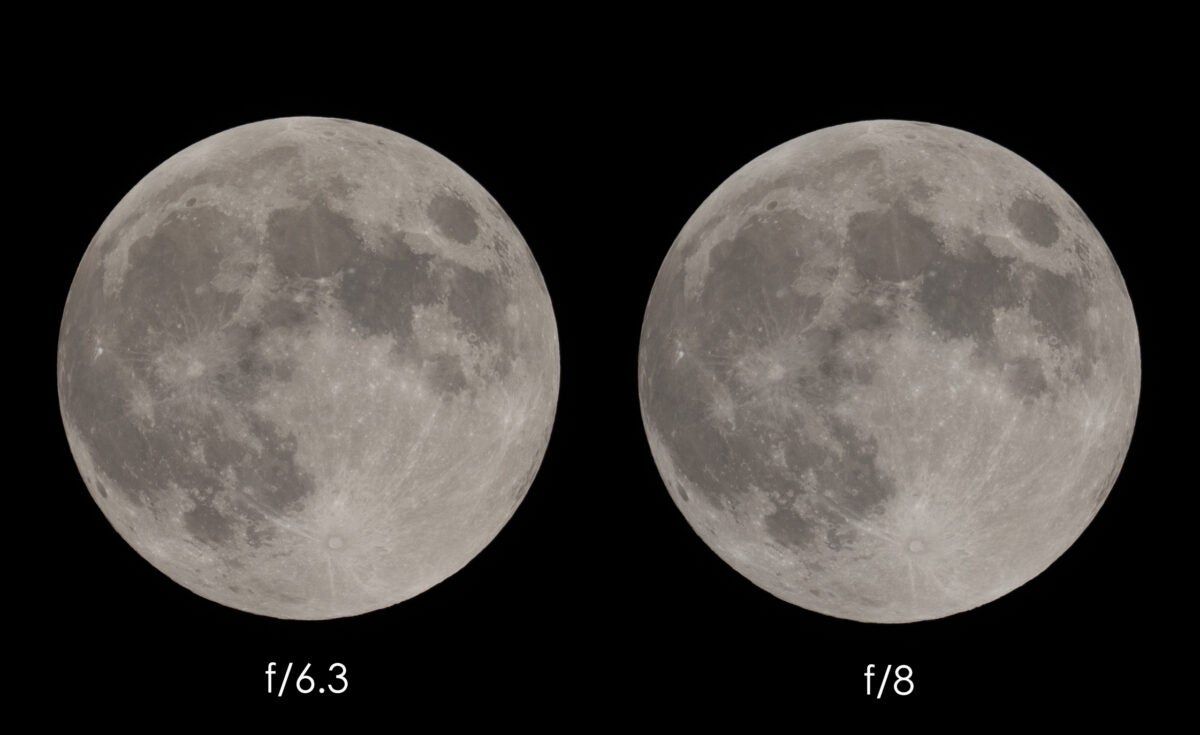
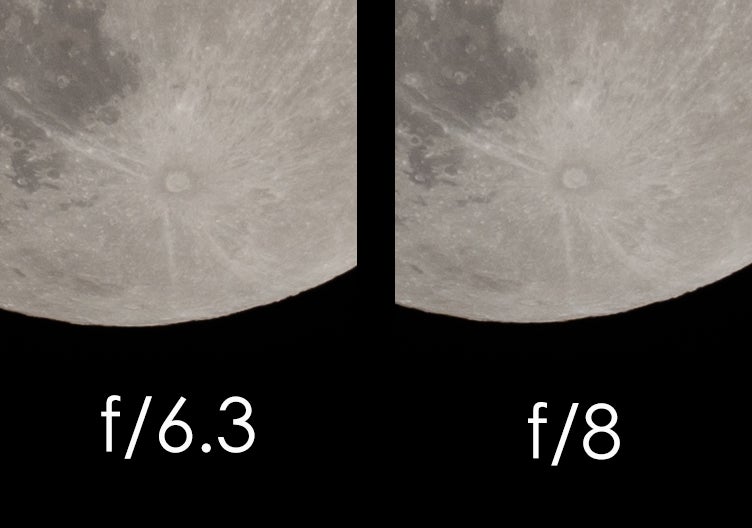
This lens also excels when it comes to chromatic aberration. It has almost zero chromatic aberration and what is there can be easily removed in Lightroom or Adobe Camera Raw, either with a lens profile correction or with the sample fringe tool. The lens is noticeably better in this regard than the Sigma 150-600mm Contemporary lens, as can be seen below.
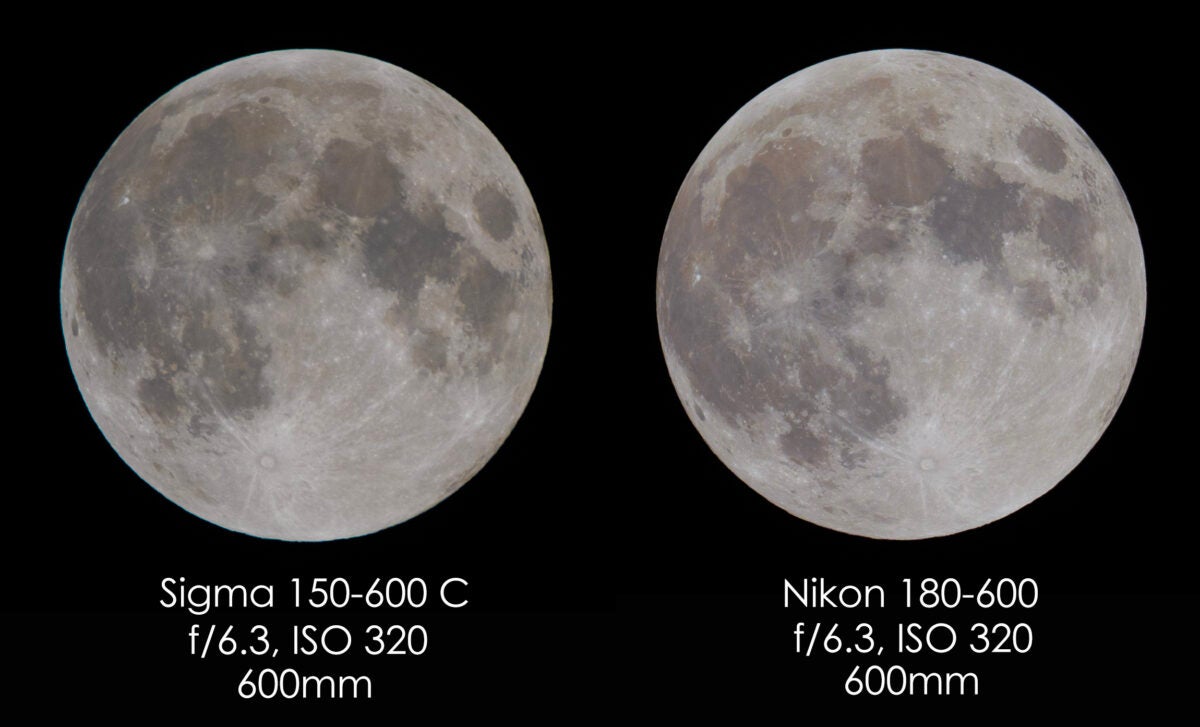
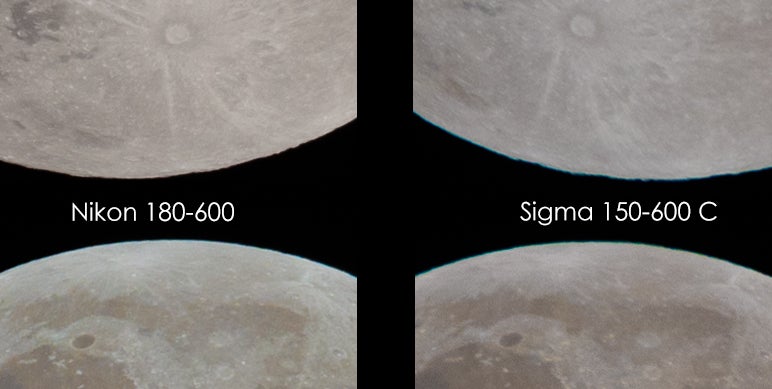
The issue of coma — the aberration that results in off-axis point sources (like stars) being stretched into comet-like shapes — is not relevant for solar or lunar imaging, but it is one of the most important factors while photographing deep-sky objects. This lens is not really suited nor meant for deep-sky imaging (more on that later), and I didn’t test it for that purpose. I did, however, take a picture of the eclipsed Moon and Jupiter at 180mm where Jupiter and its moons were at the extreme top-left corner of the frame. The image did show the lens’s comatic aberration, with Jupiter and its moon becoming elongated.
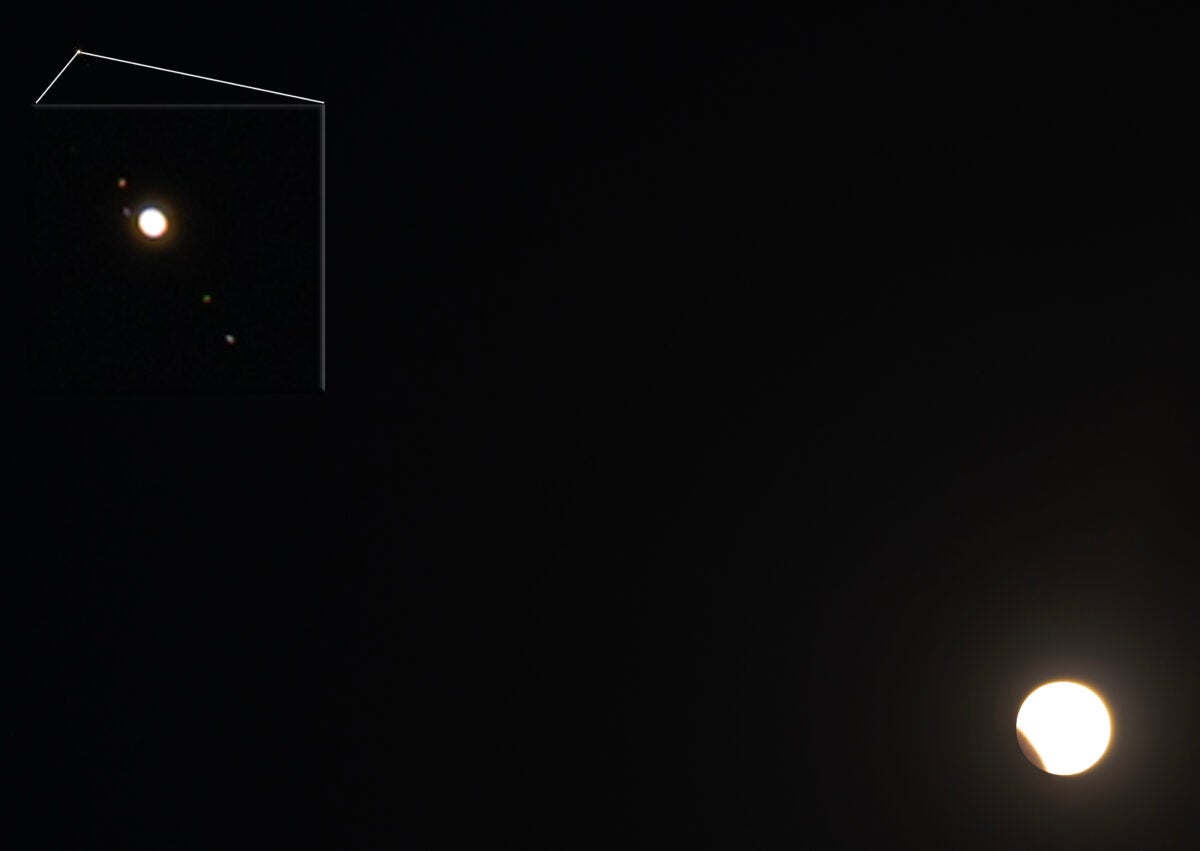
For astrophotography, features like a speedy autofocus or image stabilization (which Nikon calls vibration reduction, or VR) do not matter. But if you are also into other kinds of photography where AF is important, this lens will make you smile. The AF is snappy and fast — one of, if not the fastest among lenses in this segment. The 5.5 stops of VR works well, and paired with Nikon bodies with internal VR will allow you to take sharp images handheld at shutter speeds several stops slower than otherwise. For astrophotography, however, use of a tripod or a monopod is highly recommended.
One thing that I did not like about the lens is that when you turn off your camera with the lens attached, the focus reverts to a default position. When you turn your camera back on, you’ll have to refocus. To offset this, Nikon has built a feature into the lens where you can save focus states and recall them with any of the four Memory Recall buttons towards the front of the lens. But hunting for these buttons is extremely annoying at night.
At one point during the night while I was imaging the Moon, I turned off the camera to attach an external intervalometer, turned the camera on and took 200 images of the Moon only to find out that all of them were out of focus. I really wish the lens did not do this.
A focus-lock switch and a focal-length-lock switch could also have been handy. Not that the focus ring or the zoom ring are flimsy, but when you are observing a single object for an extended period of time, lock switches always add a layer of security against accidental and unwanted adjustments.
Conclusions: Who is this lens for?
Altogether, this lens will enhance your arsenal and help you produce some great images. It is a versatile lens that will attract a lot of lunar and solar photographers with its long focal length range and long reach. And if you also love to photograph birds and wildlife, this lens will not disappoint you.
One thing this lens is not well suited for is deep-sky imaging. For beginners, many of whom may have a small star tracker, the weight of this lens may be an issue. And for those who are more advanced deep-sky imagers, a dedicated telescope or astrograph would be more suitable.
Competing lenses include the Sigma 150–600mm Sports (around $1500 street price), Tamron 150–600mm G2 (around $1400), or the Sigma 150–600mm Contemporary (around $1,000). If you are looking for a lens only for astrophotography, where AF is not required, you can get good results with any of these above-mentioned lenses. Nikon’s offering has the highest price point, but it is arguably justified with sharper optics and a better AF system. And if you are going to use the lens for wildlife or bird photography, the Nikon Z 180–600mm is definitely worth the extra few dollars.
This lens is also much more affordable than a 600mm prime lens (or even 500mm). It would be unfair to judge the sharpness, optical quality, and AF of this lens to that of a prime lens, but for astrophotography, especially for solar and lunar imaging, you really do not need dedicated primes.
A final word: In the last few years, Nikon has come up with some good camera bodies and lenses in their Z-mount mirrorless system that are suitable for astrophotography. Older bodies like the Z 6II and newer bodies like the Z8 are a perfect choice if you want to do nightscape or deep sky imaging. The zoom lenses include 14–24mm, 24–70mm, 70–200mm, and 180–600mm; Nikon’s prime lens lineup also has some great options, like the 20mm f/1.8, 85mm f/1.2, and 135mm f/1.8. With a Z-mount body, you can use all the F-mount lenses, both from Nikon and third parties. If you are planning to upgrade to a mirrorless system, Nikon is bound to be a great choice.
Pros:
- Great optics and extremely sharp
- Negligible chromatic aberration
- Good balance for handheld shooting
- Fast and snappy auto-focus
- High build quality
- Value for money
- Many customizable options with control ring and customizable buttons
Cons:
- Need for refocus after turning your camera off
- Slightly expensive
- No zoom or focus-lock mechanism
- Not suitable for deep-sky imaging
Image gallery
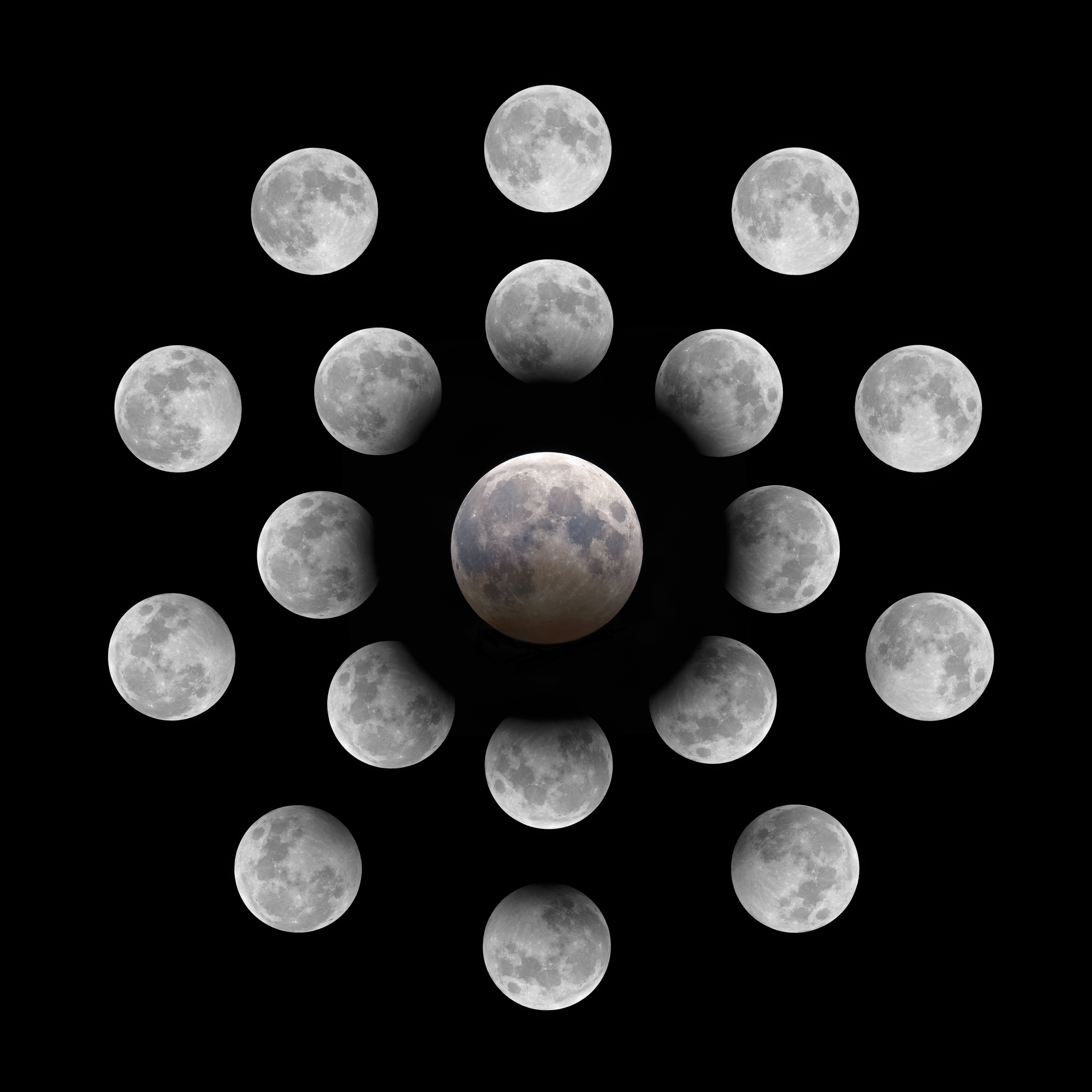
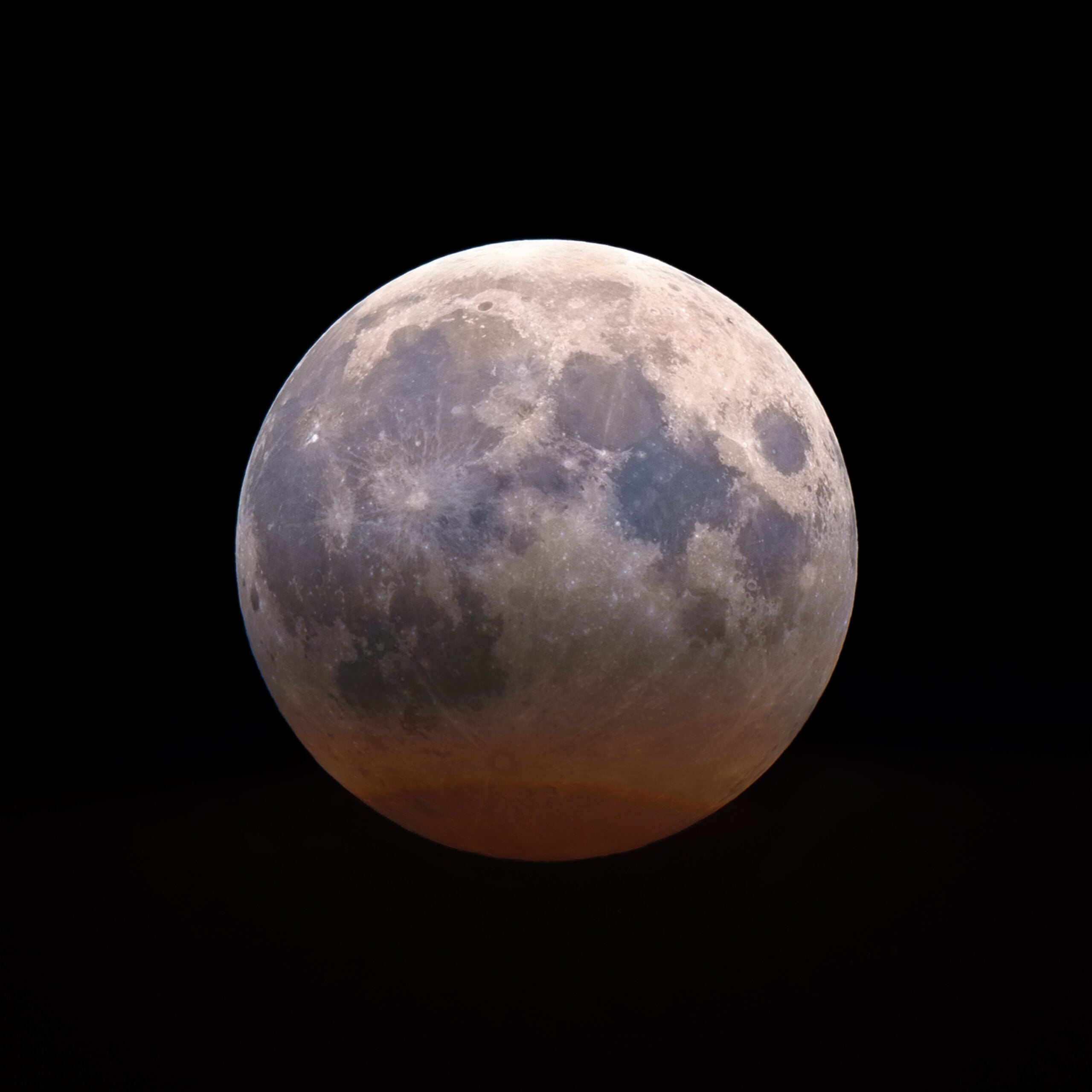
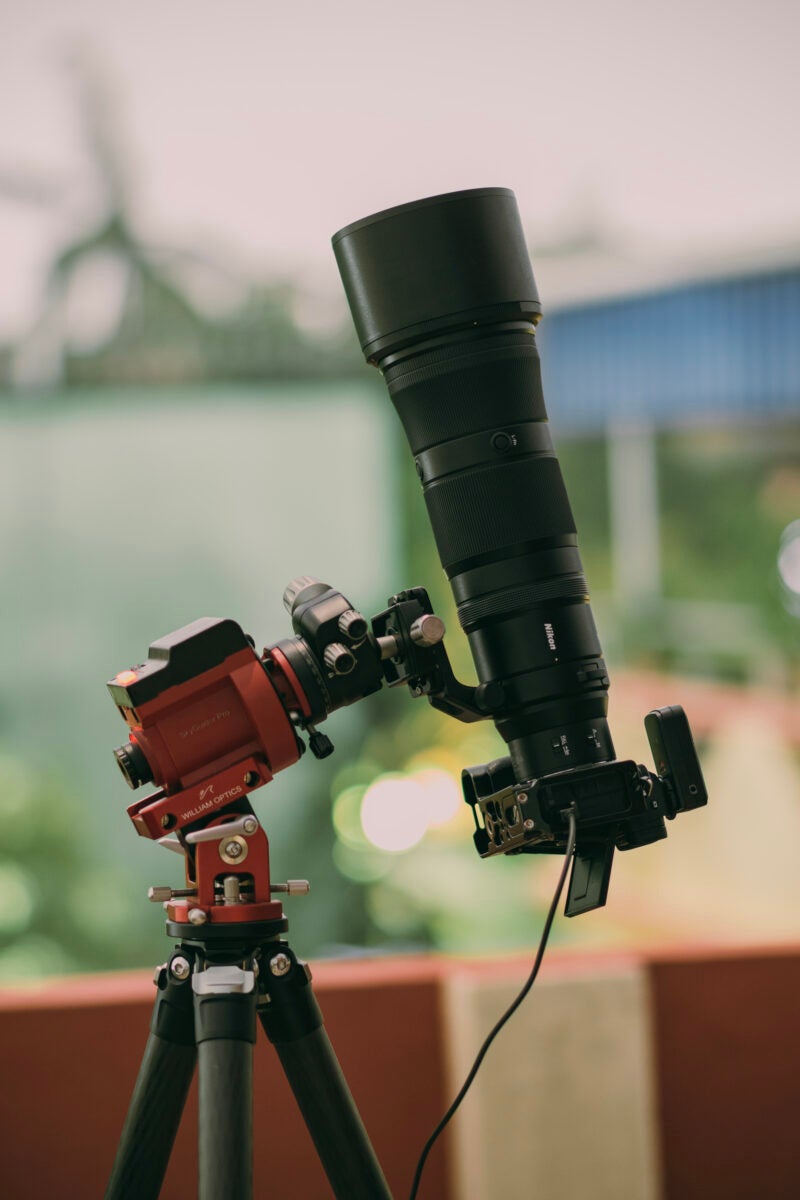
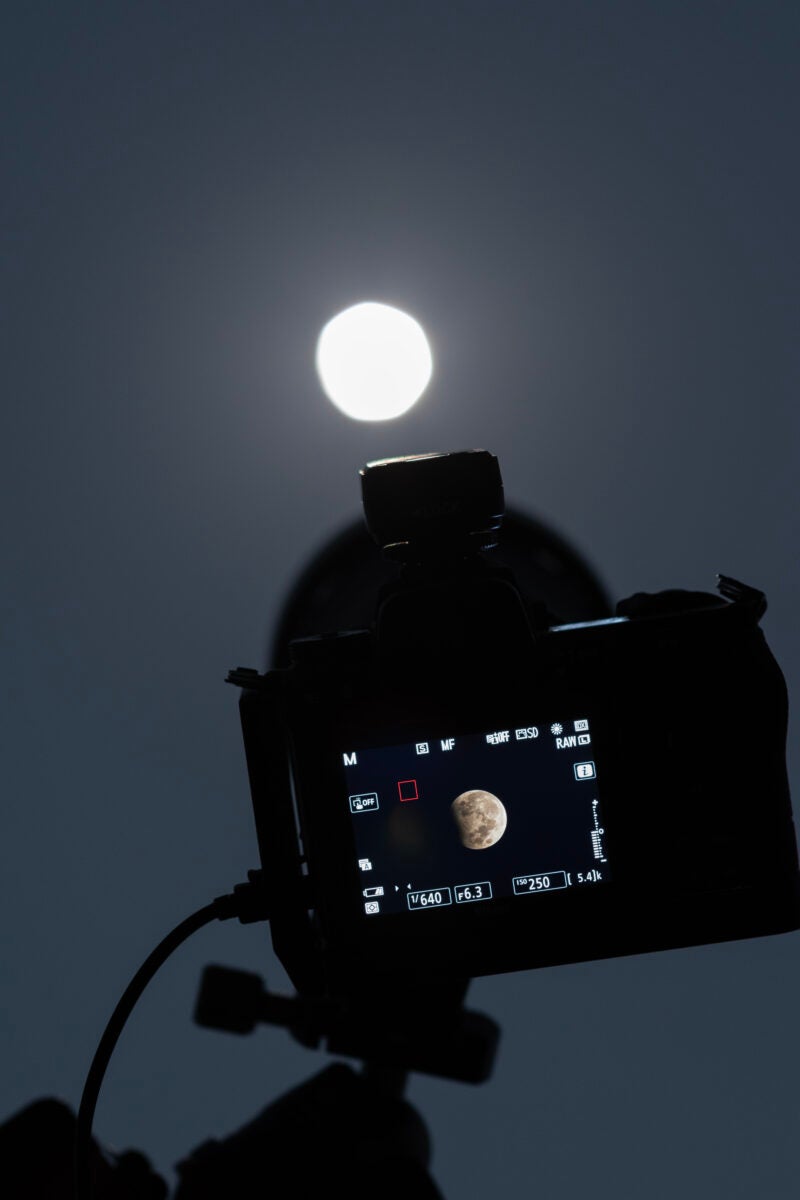




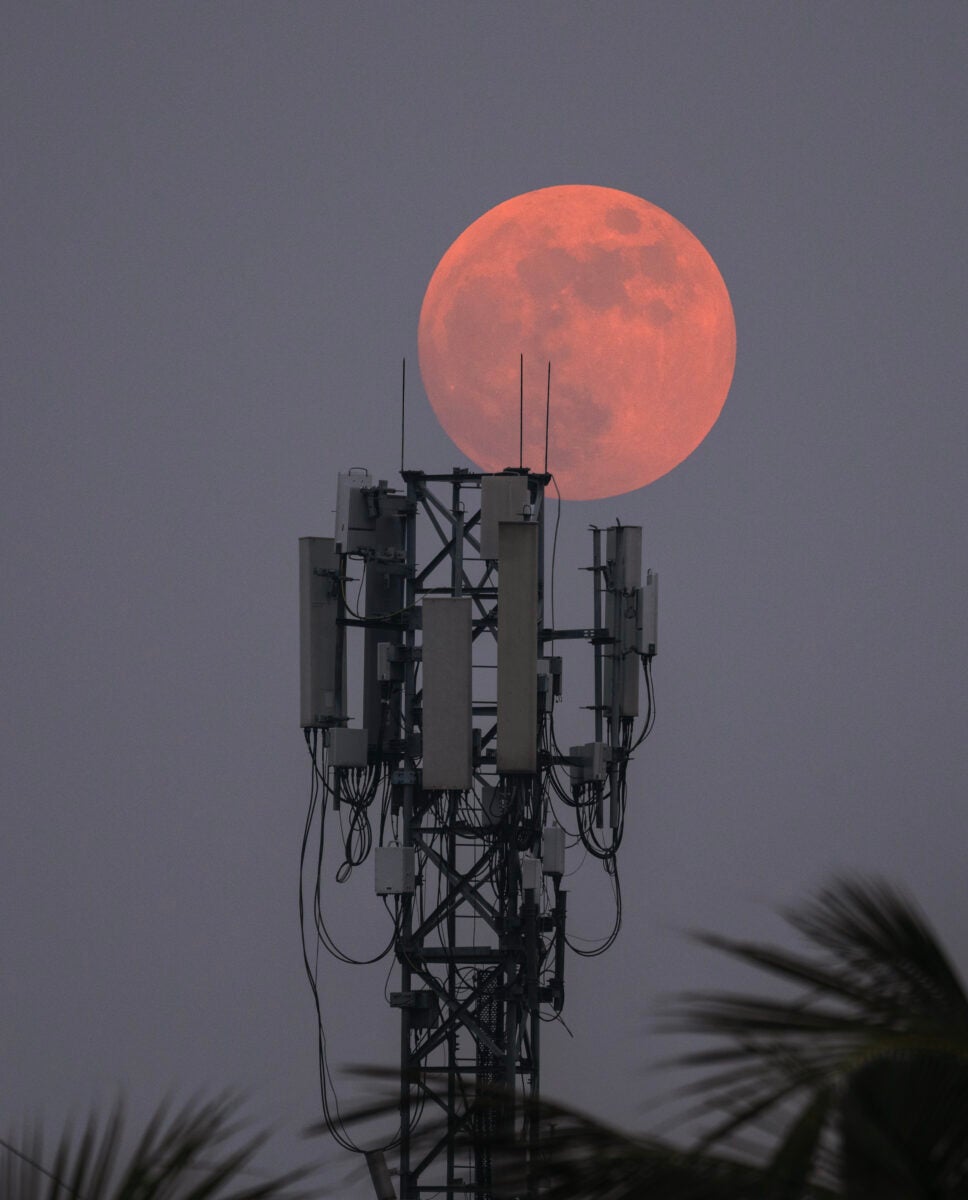
Note: This review contains affiliate links. When you buy equipment through the links on this page, we may earn a commission.


